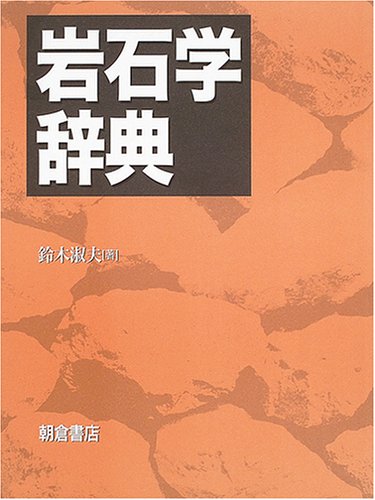1 0 0 0 OA 水熱実験法による水晶の育成
- 著者
- 川口 隆雄 鈴木 淑夫
- 出版者
- 一般社団法人 日本鉱物科学会
- 雑誌
- 鉱物学雜誌 (ISSN:04541146)
- 巻号頁・発行日
- vol.15, no.1, pp.18-35, 1981-03-31 (Released:2009-08-11)
- 参考文献数
- 18
1 0 0 0 OA 北海道苫小牧市を中心とせる海濱砂鐵鑛床について (I)
- 著者
- 大町 北一郎 鈴木 淑夫 早川 彰
- 出版者
- Japan Association of Mineralogical Sciences
- 雑誌
- 岩石鉱物鉱床学会誌 (ISSN:00214825)
- 巻号頁・発行日
- vol.39, no.4, pp.154-166, 1955-08-01 (Released:2008-03-18)
- 参考文献数
- 5
- 被引用文献数
- 2 1
The field investigations of the iron beach sand deposits along the coast of the Pacific ocean from Mukawa to Horobetsu were carried out in the autumn of 1954. The iron placers occur along many shores and often produce by concentration from an elavated beach. More or less of the iron sands are seen all along many shores of the coast in the district, but the comparatively rich layers have only limited development being restricted mainly to the vicinities of Mukawa, Tomakomai, Shiraoi, Ponayoro, Noboribetsu and Horobetsu in where the last one is noteworthy and is now mined. In general the thickness of iron sand rich layers varies from 5 to 30cm, though that of the layer at Horobetsu reaches 50cm. The size of the magnetite grains is about 0.03mm in average, and the general contents of Fe and TiO2 in the iron sands are 25-45% and 2-5% respectively. The mineral and rock grains associated with the magnetite sand are hypersthene, augite, olivine, hornblende, plagioclase, biotite, quartz, garnet, ilmenite, chromite, andesite, hornfels, radioralian chert, etc. The parent source of these sand garins is probably in the adjacent volcanic rocks though some of them may be ordinarily derived from the older rock series in the Hidaka district.
- 著者
- 湊 正雄 橋本 誠二 陶山 國男 武田 裕幸 鈴木 淑夫 木村 昭二 山田 一雄 垣見 俊弘 市川 輝雄 末富 宏
- 出版者
- 日本地質学会
- 雑誌
- 地質學雜誌 (ISSN:00167630)
- 巻号頁・発行日
- vol.60, no.708, pp.378-387, 1954-09-25
- 被引用文献数
- 2 3
Die machtige permische Formation des Setamai-Gelandes im Kitakami-Gebirge ist in zwei Subsystem teilbar; das obere ist das Toyoma-Untersystem, das lithologisch meistens aus Tonschiefern und granitfuhrenden Konglomeraten besteht und verhaltnismassig fossilarm ist, wahrend dagegen das untere Untersystem, d., i., das Yukisawa-Untersystem, ortlich sehr reich an kalkigen Tonschiefern bzw., Kalkschichten ist und bestehend fossilfuhrend., Hinsichtlich der vielen Gliedrungstiere kann das Yukisawa-Uutersystem wieder in zwei Serien gegliedert werden, in die Sakamotosawa- und Kanokura-Serie., Wir sind dabei der Ansicht, dass eine stratigraphische Lucke zwischen beiden vorhanden ist., Die wichtigsten Ergebniss in Bezug auf die Dauerzeit der Gattungen bzw., Spezies sind folgende: 1., Pseudoschwagerina erscheint bald nach dem Basiskonglomerat der Sakamotosawa-Serie und dauert bis zur J_0 Horizonte (Siehe Abb., 2)., 2., Dagegen erscheint Parafusulina in der I_2 Horizonte und dauert bis zur L_0., 3., Lepidolina zeigt eine Dauerzeit zwischen L_0 und L_1., 4., Lophophyllidium suetomii MINAT0 sind die wichtigen Gliederungstiere der I_0 Horizonte; Yatsengia Kabayamensis MINATO und Michelinia (Michelinopora) multitabulata YABE et HAYASAKA tritt besonders in der Horizonte J_1 auf; Waagenophyllum indicum var., usuginuensis MINATO, Wentzelella kitakamiensis YABE et MINATO charakterisieren die Horizonte L_0., 5., Die sogenanten Lyttonia-Faunen HAYASAKAS trenten nur im unteren Teile der Kanokura-Serie auf.,

